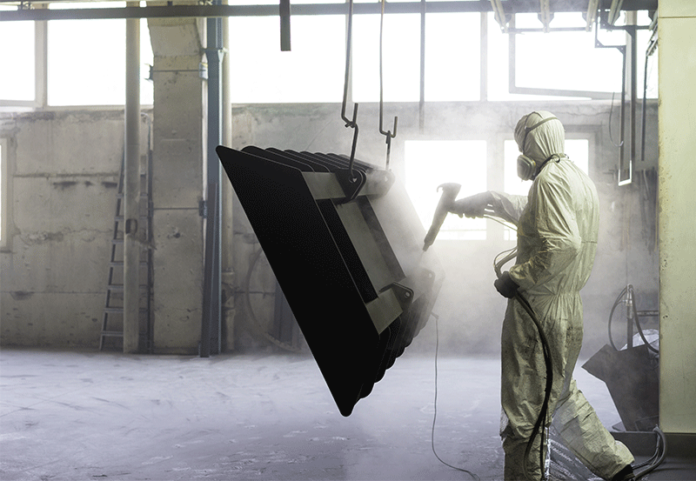Steel shot blasting (in French this is known as grenaillage acier) is a critical process in industries such as automotive, shipbuilding, and aerospace for surface cleaning and preparation. This method involves propelling steel shots at high speeds to remove impurities, paint, rust, and other coatings from metal surfaces. While effective for achieving a clean and uniform surface, the process poses several health risks that workers and employers must be aware of.
Respiratory Health Risks
The primary concern in steel shot blasting operations is the generation of airborne dust and particulates. As steel shots strike the surface, they can dislodge fine particles of metal, paint, and other materials into the air. These particles, if inhaled, can lead to various respiratory issues:
- Pneumoconiosis: A type of lung disease caused by inhaling dust particles. Although less common with steel shots compared to silica from sandblasting, the risk still exists if steel shot blasting is performed on surfaces coated with hazardous materials or in poorly ventilated spaces.
- Chronic Obstructive Pulmonary Disease (COPD): Repeated exposure to airborne particulates can exacerbate or lead to the development of COPD, characterized by reduced airflow and difficulty breathing.
- Asthmatic Reactions: Individuals with pre-existing asthma may experience worsened symptoms when exposed to the dust from blasting operations.
Hearing Loss
The noise generated during steel shot blasting can be extremely high, often exceeding safe levels. Prolonged exposure to such noise without adequate protective equipment can result in noise-induced hearing loss (NIHL). This type of hearing damage is gradual but permanent, affecting workers’ quality of life and ability to communicate effectively.
Eye and Skin Hazards
Steel shot blasting can also pose risks to eye and skin health. High-speed particles can ricochet and strike workers, potentially leading to severe eye injuries or even blindness if proper safety goggles are not worn. Additionally, skin exposure to metal particles and other contaminants dislodged during blasting may cause irritation, allergic reactions, or dermatitis, especially in individuals with sensitive skin or allergies.
Musculoskeletal Disorders
The equipment used in steel shot blasting can be heavy and cumbersome. Operating such machinery, especially without ergonomic considerations, can lead to musculoskeletal disorders (MSDs) such as back injuries, shoulder strain, and other repetitive stress injuries. Proper training and ergonomic assessments are crucial to minimize these risks.
Chemical Exposure
Often, surfaces treated with steel shot blasting carry residues of chemical coatings, including potentially toxic paints or solvents. When these coatings are disturbed, toxic substances can be released into the air, posing inhalation risks or skin contact hazards. Workers must be aware of the chemicals involved in their work environment and use appropriate personal protective equipment (PPE) and handling procedures.
Mitigating the Risks
To mitigate these health risks, several measures should be implemented:
- Proper Ventilation: Ensure that work areas are well-ventilated to dilute and remove hazardous airborne particles.
- Use of PPE: Employers must provide and enforce the use of appropriate PPE, including respirators, safety goggles, hearing protection, and protective clothing.
- Regular Health Monitoring: Implementing a health monitoring program to catch early signs of respiratory or hearing issues can help prevent long-term health problems.
- Training and Awareness: Continuous training on the risks associated with steel shot blasting and the proper use of safety equipment is essential for protecting workers.
By understanding and addressing these health risks, workplaces can maintain the effectiveness and essential benefits of steel shot blasting while ensuring the safety and health of their employees.
